Former Katakura-gumi Office
I am on a tour of buildings in Okaya City’s Heritage of Industrial Modernization.
The former Katakura-gumi office is still used as the company building of Chuo Printing, and I saw it from the street since it is not allowed to visit inside.
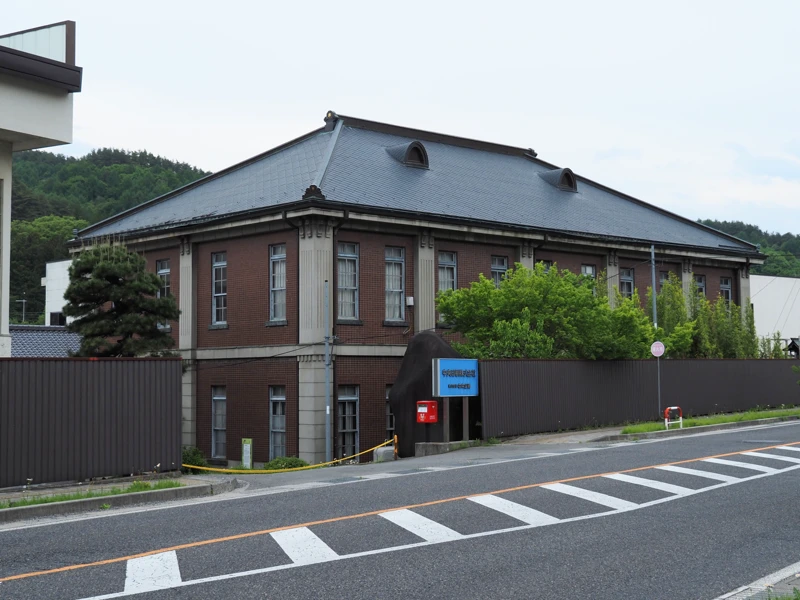
It was a holiday when I visited, so the entrance was chained.
I took this photo from the main gate.
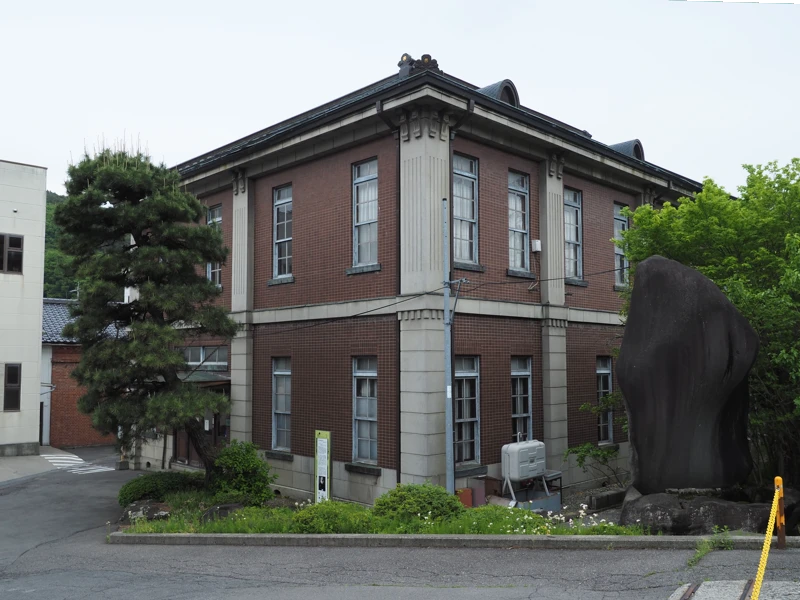
Katakura-gumi was the largest silk mill in Japan.
In 1873, Ichisuke Katakura started manual spinning in a shed in front of his house.
Ichisuke’s eldest son, Kanetaro Katakura (1850-1917), established the Kaido Silk Mill in 1878. This was the birth of the Katakura-gumi.
The same year, Kantaro established Fukazawa-sha, an export company, and the following year, he established Kaimei-sha with Kinzaemon Ozawa and Kurataro Hayashi to expand the silk industry.
Then, in 1895, he established Katakura-gumi.
This building was constructed in 1910 in the Kaido Silk Mill as the Katakura Gumi headquarters office.
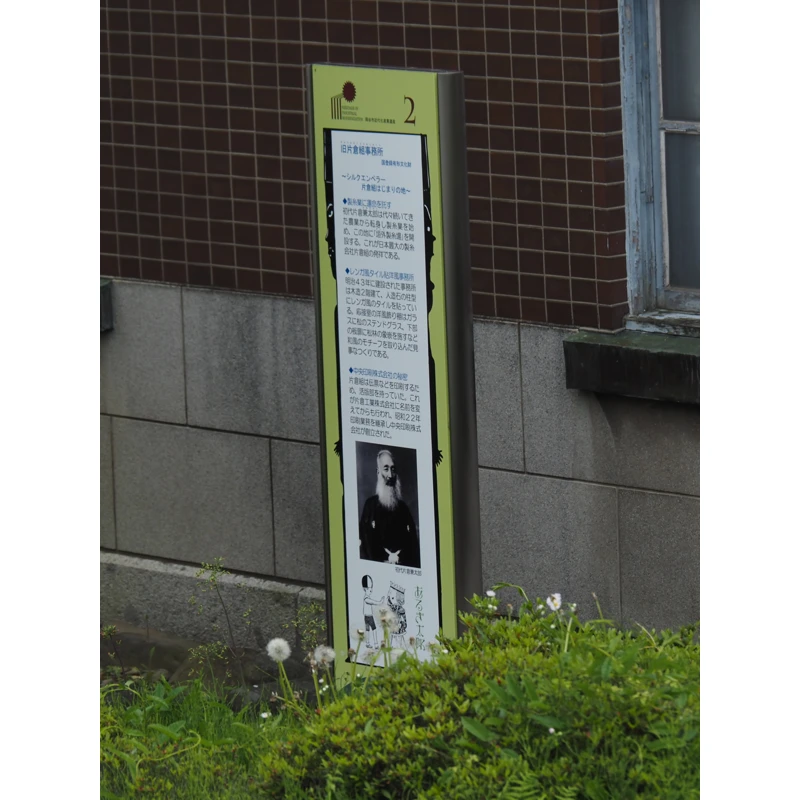
I zoomed in on the explanatory plaque.
The description of the building reads as follows.
“Western-style office with brick style tiles.
The office, built in 1908, is a two-story wooden structure with artificial stone columns covered with brick tiles. The Western-style display cabinet in the reception room is a magnificent creation incorporating Japanese motifs, such as stained glass with pine trees, and inlaid pine forest on the lower board door."
So the walls were brick style tiles.
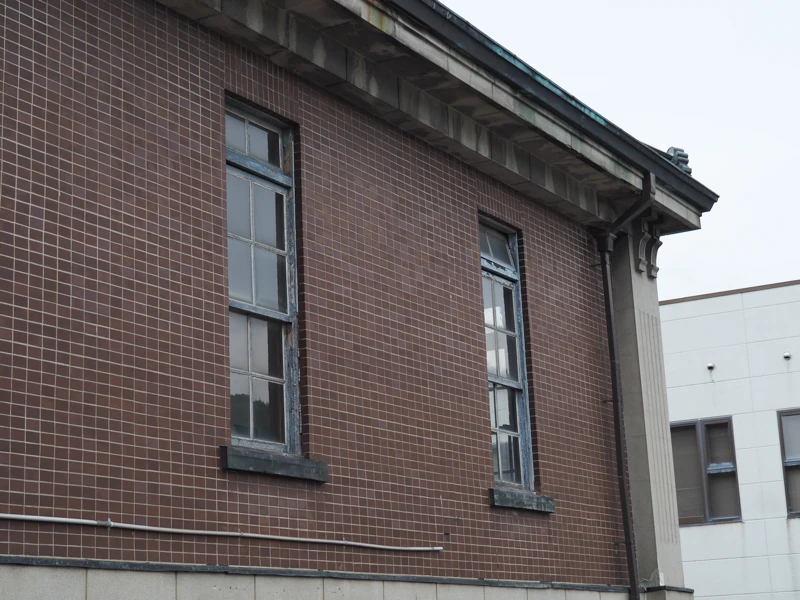
This is part of the west wall, opposite the entrance.
It appears to have originally had a tile roof, but now has a copper shingle roof.
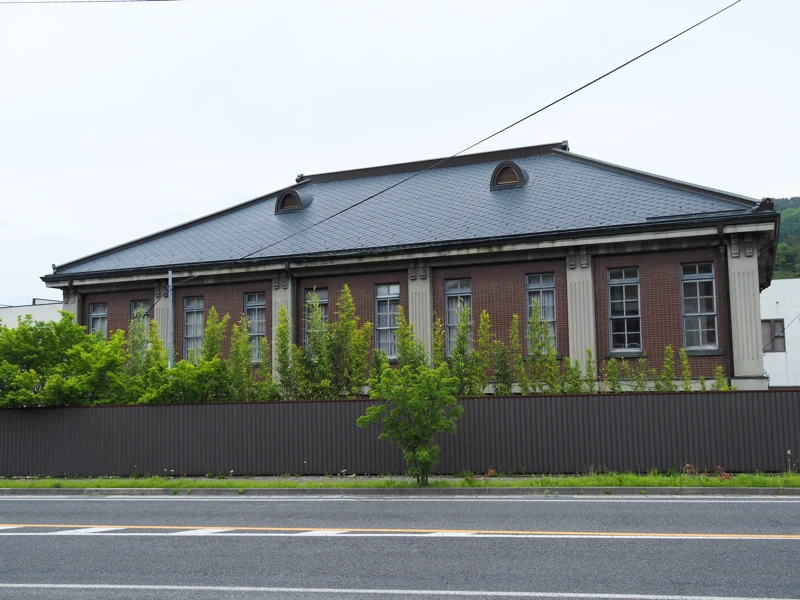
In 1920, Katakura-gumi became Katakura Silk Spinning Co. At that time, the company had 18 silk mills, the largest in Japan.
The Tomioka Silk Mill in Gunma Prefecture, which was registered as a World Heritage Site in 2014, was also owned by Katakura in 1939 and was named the Katakura Tomioka Silk Mill. During the World war II, the facility was transferred (nominally leased) to Japan Silk Control Corporation under government control, but after the war, it returned to Katakura’s ownership and continued to operate as the Tomioka Plant of Katakura Kogyo Co.
Katakura Kogyo maintained its policy of “do not sell, do not rent, and do not destroy” and continued to maintain and manage the Tomioka Plant even after its closure in 1987.
It is highly appreciated that the Tomioka Silk Mill was preserved in good condition because of Katakura’s efforts.
Let us return to the former Katakura-gumi office.
Currently, the site is occupied by Chuo Printing Co.
Chuo Printing was established in 1947 when the printing department of Katakura became independent. This company took over the office and is still using it today.
The building was registered as a national tangible cultural property in 1996, and was recognized as a Heritage of Industrial Modernization in 2007.


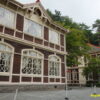
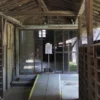


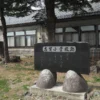
Discussion
New Comments
No comments yet. Be the first one!